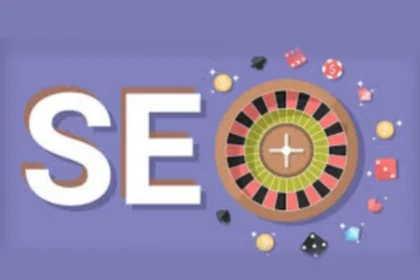In the data-driven world of modern business, we are surrounded by metrics. We track daily traffic, conversion rates, cost per acquisition, and dozens of other key performance indicators (KPIs). While these short-term metrics are useful for gauging immediate performance, they often fail to capture the bigger picture. There is one metric, however, that rises above the rest in its ability to measure the long-term health and profitability of a business: Customer Lifetime Value (CLV).
CLV is a prediction of the total net profit your company will make from any given customer over the entire duration of their relationship with you. It’s a shift in focus from the transactional (“How much did this customer spend today?”) to the relational (“How much is this customer worth to us over the long term?”). Understanding and optimizing for CLV is a game-changer. It forces businesses to prioritize retention, foster loyalty, and build sustainable growth. In highly competitive digital markets, from e-commerce to entertainment platforms like xon bet casino, a deep understanding of CLV is what separates fleeting successes from enduring, profitable brands.
Why is CLV So Important?
Focusing on CLV provides a powerful strategic lens through which you can make smarter business decisions.
- It defines your acquisition spend. Knowing how much a customer is worth over their lifetime tells you exactly how much you can afford to spend to acquire them. If the average CLV of your customer is $500, spending $100 on marketing to acquire them is a highly profitable investment.
- It highlights your most valuable customers. Not all customers are created equal. The Pareto Principle (or 80/20 rule) often applies, meaning a small percentage of your customers (your VIPs) are likely responsible for a large percentage of your revenue. CLV helps you identify this segment so you can focus your retention efforts where they will have the greatest impact.
- It shifts focus to retention and loyalty. CLV forces you to think beyond the first sale. It encourages investment in customer service, loyalty programs, and product quality—the key drivers of repeat business. Acquiring a new customer is five to 25 times more expensive than retaining an existing one, making a focus on CLV a highly efficient growth strategy.
- It improves forecasting and profitability. By understanding the predictable value of your customers, you can make more accurate long-term revenue forecasts and build a more resilient and profitable business model.
In short, focusing on CLV acts as a strategic compass for your entire business. It forces a fundamental shift away from short-term, transactional thinking toward building long-term, sustainable relationships. When you optimize for lifetime value, you’re not just tweaking marketing campaigns; you’re making smarter decisions about your product, your service, and where to invest your resources for the most profitable growth. It’s the key to building a business that lasts.
How to Calculate Customer Lifetime Value
There are several ways to calculate CLV, ranging from simple historical models to complex predictive ones. Here’s a common and straightforward formula to get you started: CLV = (Average Purchase Value) x (Average Purchase Frequency) x (Average Customer Lifespan). Let’s break that down:
- Average purchase value (APV). Calculate this by dividing your total revenue over a period (e.g., one year) by the total number of purchases in that same period.
- Average purchase frequency (APF). Divide the total number of purchases by the number of unique customers who made those purchases over that period.
- Average customer lifespan (ACL). This is the most difficult to calculate. For subscription businesses, it’s the average time a customer remains subscribed. For others, it can be estimated by averaging the time between a customer’s first and last purchase.
Example:
- A customer spends an average of $50 per purchase (APV).
- They purchase an average of 4 times a year (APF).
- They remain a customer for an average of 3 years (ACL).
- CLV = $50 x 4 x 3 = $600
This historical CLV tells you that, on average, each customer is worth $600 in revenue to your business over their lifetime.
Strategies to Increase Your Customer Lifetime Value
Once you know your CLV, the next step is to actively work to increase it. This all comes down to fostering loyalty and encouraging repeat business.
- Improve your onboarding process. The first few interactions a customer has with your brand are critical. A smooth, welcoming, and value-driven onboarding process can significantly increase the chances that a new user will become a long-term customer.
- Implement a tiered loyalty program. As discussed in other contexts, a well-structured VIP or loyalty program that rewards customers for their continued business is one of the most effective ways to increase purchase frequency and lifespan.
- Focus on excellent customer service. A positive customer service experience can turn a dissatisfied customer into a loyal advocate. Conversely, a single poor experience can lose a customer forever.
- Leverage email marketing and personalization. Use email automation to send personalized recommendations, exclusive offers, and valuable content to your existing customers. This keeps your brand top-of-mind and encourages them to come back.
- Actively seek and act on customer feedback. Use surveys and reviews to understand what your customers love and what they want to see improved. A business that listens and adapts is one that customers will stick with.
In the end, Customer Lifetime Value is more than just a metric; it’s a mindset. It forces a business to look beyond short-term gains and focus on building a sustainable, customer-centric model. By understanding how much your customers are truly worth and implementing strategies to increase that value, you create a powerful engine for long-term, profitable growth. In a world of fleeting trends, a loyal customer base, cultivated through a deep understanding of CLV, is the most valuable and durable asset you can have.










